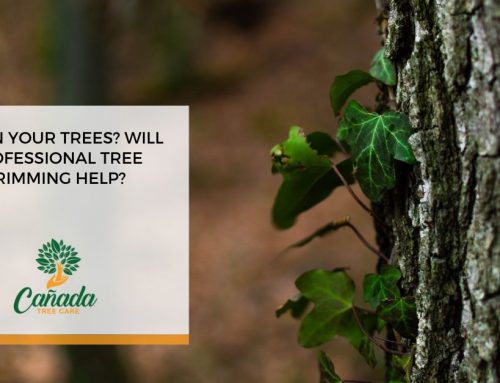Structural pruning is a common practice performed by professional tree services to enhance the health, safety, and aesthetics of your trees. It involves selectively removing branches to improve the tree’s structure and promote proper growth patterns. Keep reading to find out everything about structural pruning from your local tree trimming service.
Structural pruning, also known as training pruning or developmental pruning, is the strategic removal of specific branches to influence the growth and form of a tree. Unlike routine maintenance pruning, which focuses on removing dead, diseased, or overcrowded branches, structural pruning targets the tree’s overall architecture. By selectively pruning branches, arborists can correct defects, reduce the risk of failure, and guide the tree’s growth into a desirable shape.
Biggest Benefits Of Structural Pruning by a Tree Trimming Service
-
Promotes Structural Integrity
Structural pruning helps develop a strong and stable tree structure by removing weak, crossing, or competing branches. By reducing the risk of structural weaknesses, such as co dominant stems or included bark, structural pruning minimizes the likelihood of branch failure, especially during storms or high winds.
-
Reduces Hazard Potential
Trees with poor structure pose a significant hazard to property and people. Limbs with narrow angles of attachment or excessive weight can break and fall unexpectedly, causing property damage or injury. Structural pruning reduces these risks by removing potentially hazardous branches and decreasing the likelihood of accidents.
-
Improves Aesthetic Appeal
Properly pruned trees are not only safer but also more visually appealing. Structural pruning enhances the natural beauty of trees by promoting balanced growth and an attractive canopy structure. By shaping the tree’s form and density, professionals can create a more pleasing landscape that enhances property value and curb appeal.
-
Encourages Long Term Health
Structural pruning promotes the long term health and vitality of trees by optimizing their growth habits. By removing competing branches and reducing canopy density, pruning improves air circulation and sunlight penetration, which are essential for photosynthesis and overall tree health. Pruning can stimulate new growth and rejuvenate older trees, prolonging their lifespan.
-
Prevents Future Problems
Addressing structural issues early through proactive pruning can prevent more serious problems from developing in the future. By identifying and correcting structural defects when trees are young, trimmers can guide their growth and minimize the need for corrective pruning later in life. This proactive approach saves time, money, and resources while promoting healthier, more resilient trees.

-
Enhances Tree Functionality
Structural pruning can also enhance the functionality of trees in urban environments. By shaping trees to clear obstacles such as buildings, sidewalks, or power lines, experts can reduce conflicts and promote coexistence between trees and infrastructure. Properly pruned trees are less likely to interfere with utility lines or obstruct visibility, improving safety and accessibility for pedestrians and motorists.
If you think that your own trees would benefit from the expert hands of a tree trimming service, then don’t hesitate to get in touch with the team at Cañada Tree Care. Contact us and we will be more than happy to answer any questions that you might have. We look forward to hearing from you!






Leave A Comment